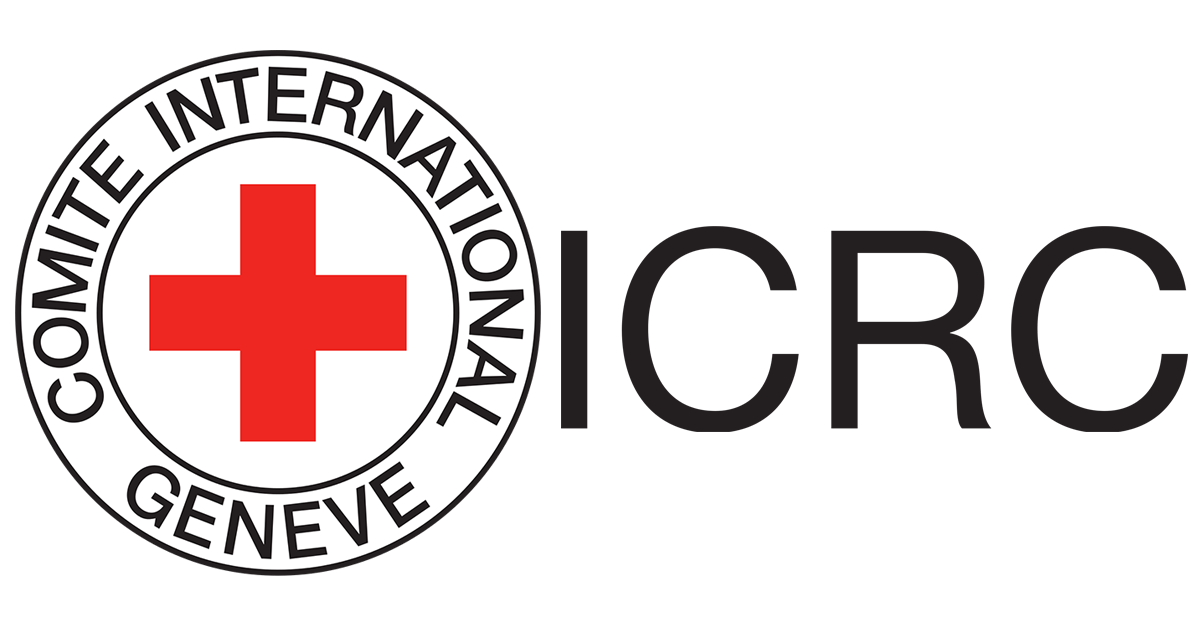About Physiopedia
Our mission
Improving global health through universal access to rehabilitation knowledge
Our vision
Open knowledge, open education, open research through global collaboration
Our goals
We strive to reach and involve every rehabilitation professional in the world
“Wouldn’t it be great if all rehabilitation professionals around the world were constantly creating and updating content to build one constantly evolving online textbook for our professions” – Rachael Lowe
“You guys have totally changed my practice by becoming more inquisitive and having better access to the evidence. I think Physiopedia helps us to push our boundaries and question why we are doing certain practices.” - Michael Cline PT
Contribute
Volunteers
Rehabilitation professionals anywhere in the world can edit Physiopedia. Become an editor or join our volunteer programme to make your contribution.
Universities
Universities providing rehabilitation education are invited to involve their students to contribute content to Physiopedia as part of an educational project.
Organisations
Clinics and professional organisations are invited to engage their staff and members in contributing to Physiopedia as continuing education and professional development projects.
The Physiopedia charity is supported by organisations that collaborate in various ways to help us in our mission to provide open education for the global rehabilitation professions.
“The International Committee of the Red Cross is proud to have supported three open courses developed and delivered by Physiopedia on lower limb amputee rehabilitation, managing children with cerebral palsy and clubfoot” - Barbara Rau ICRC







